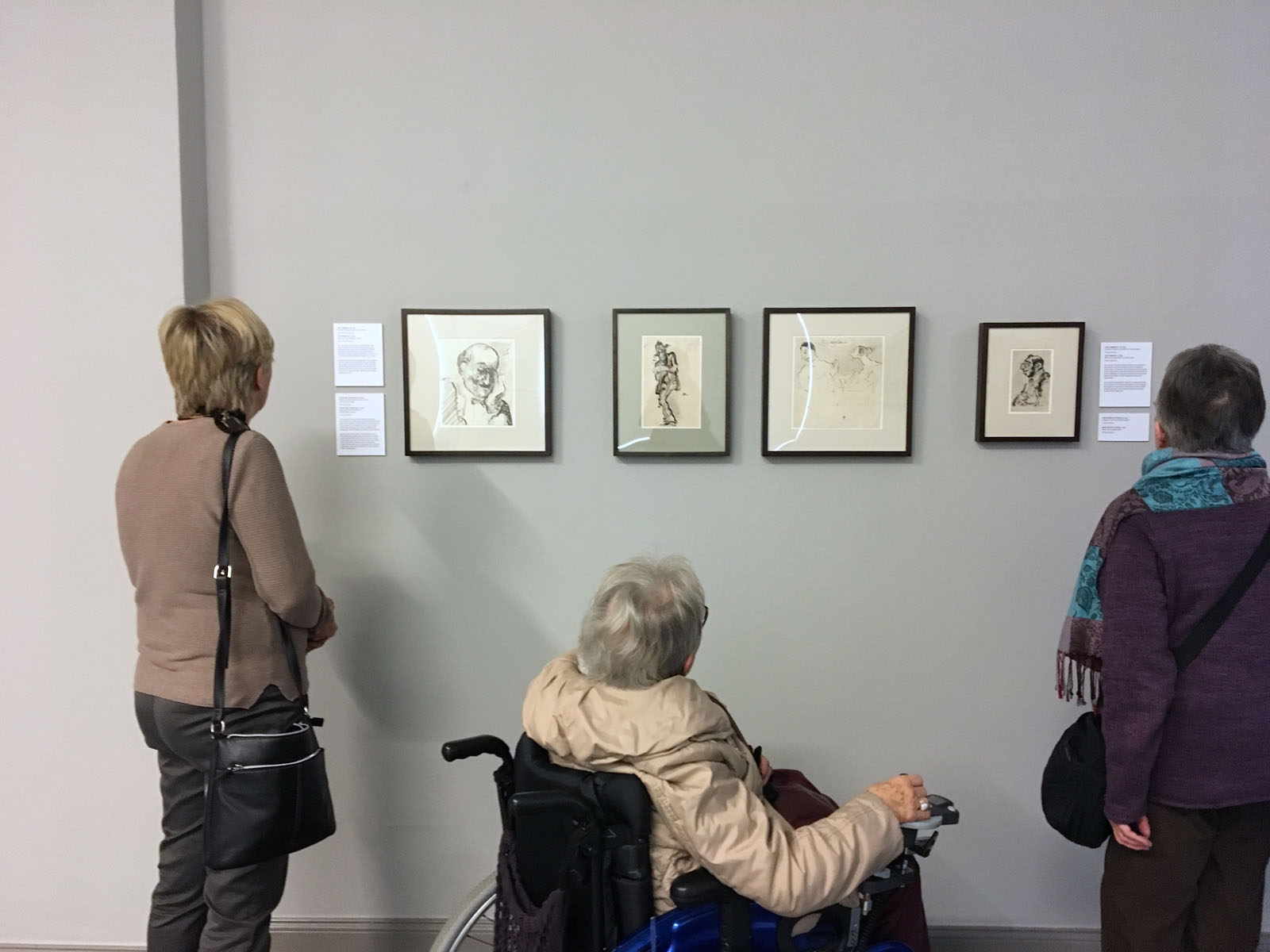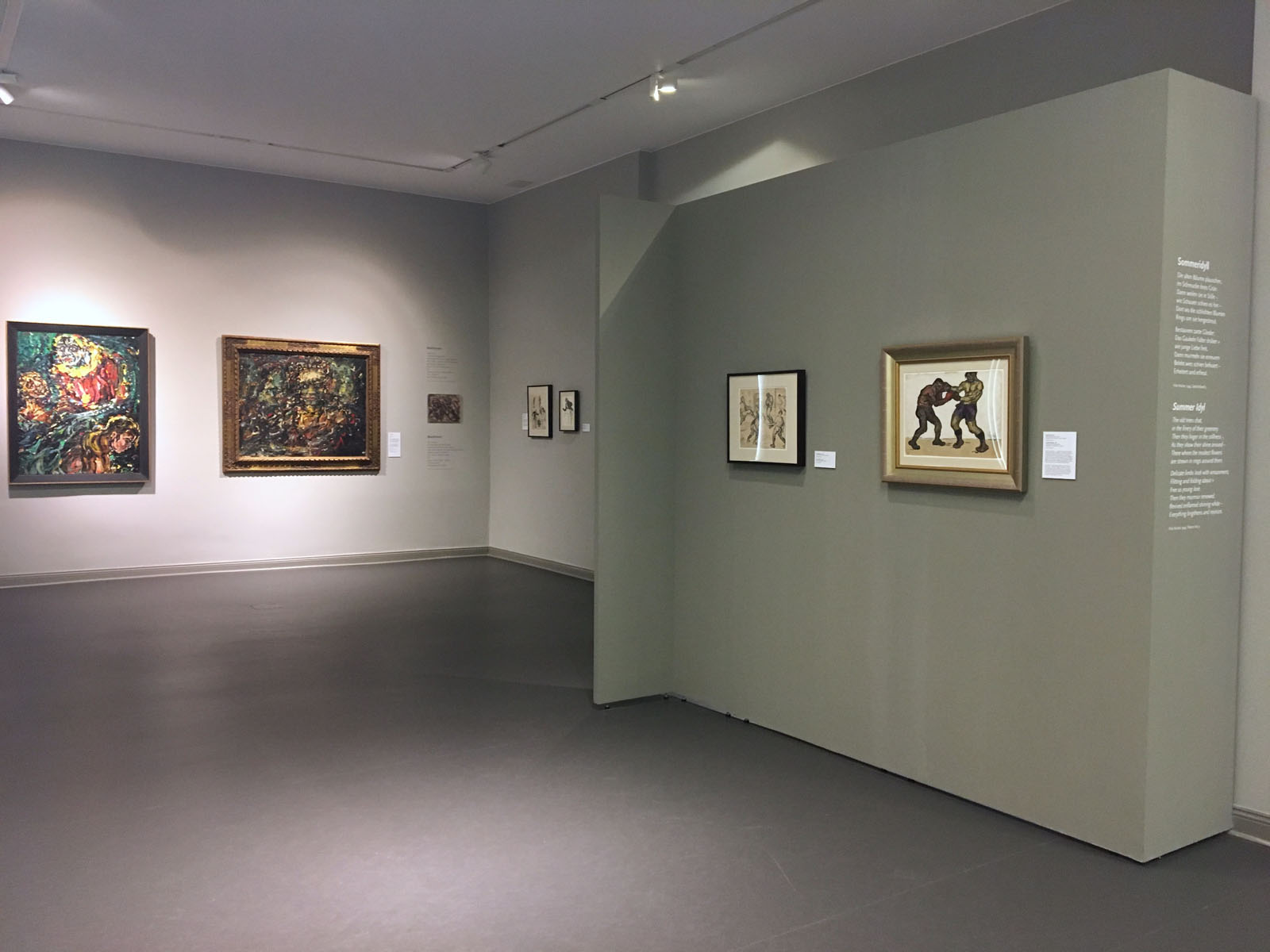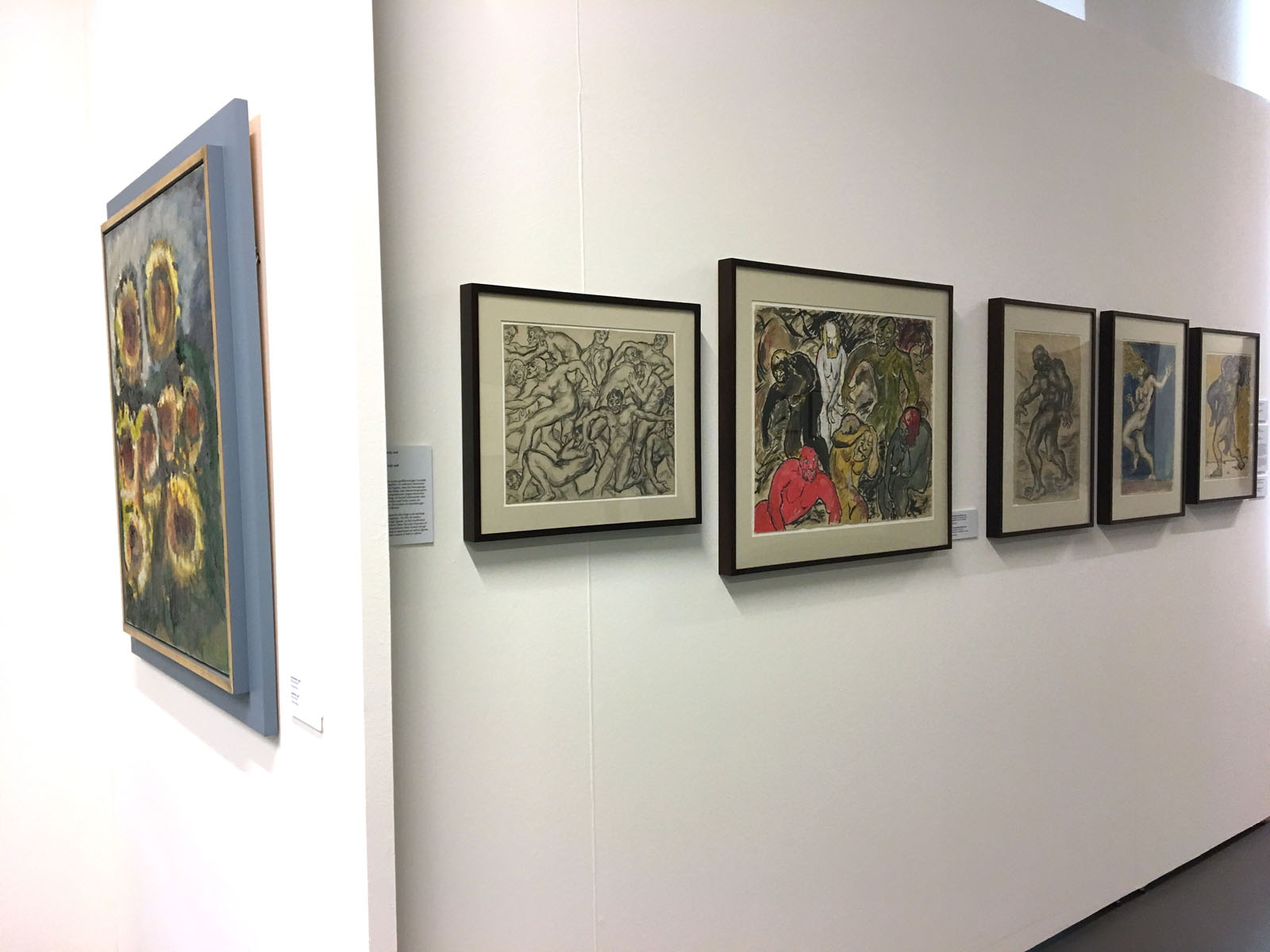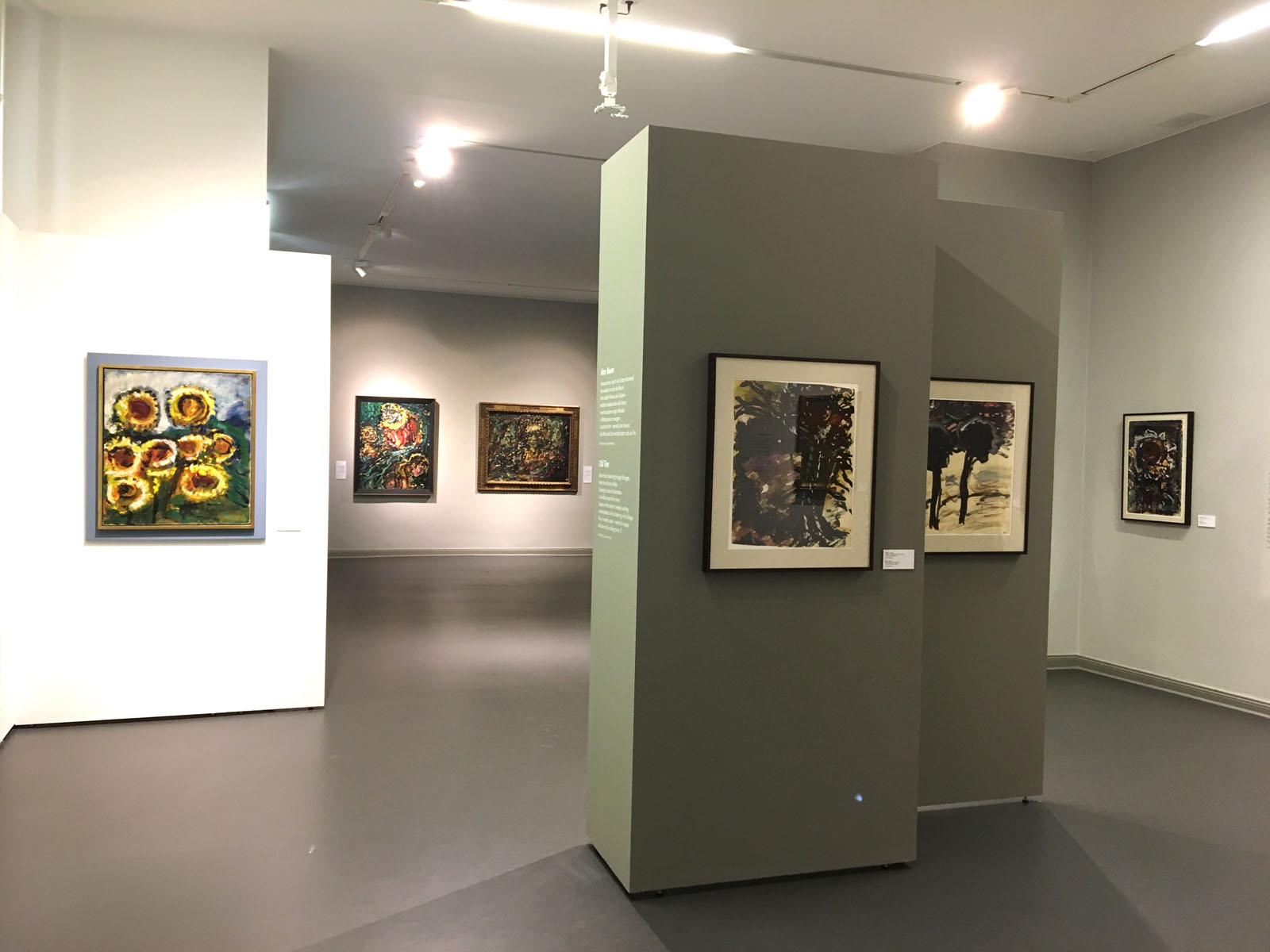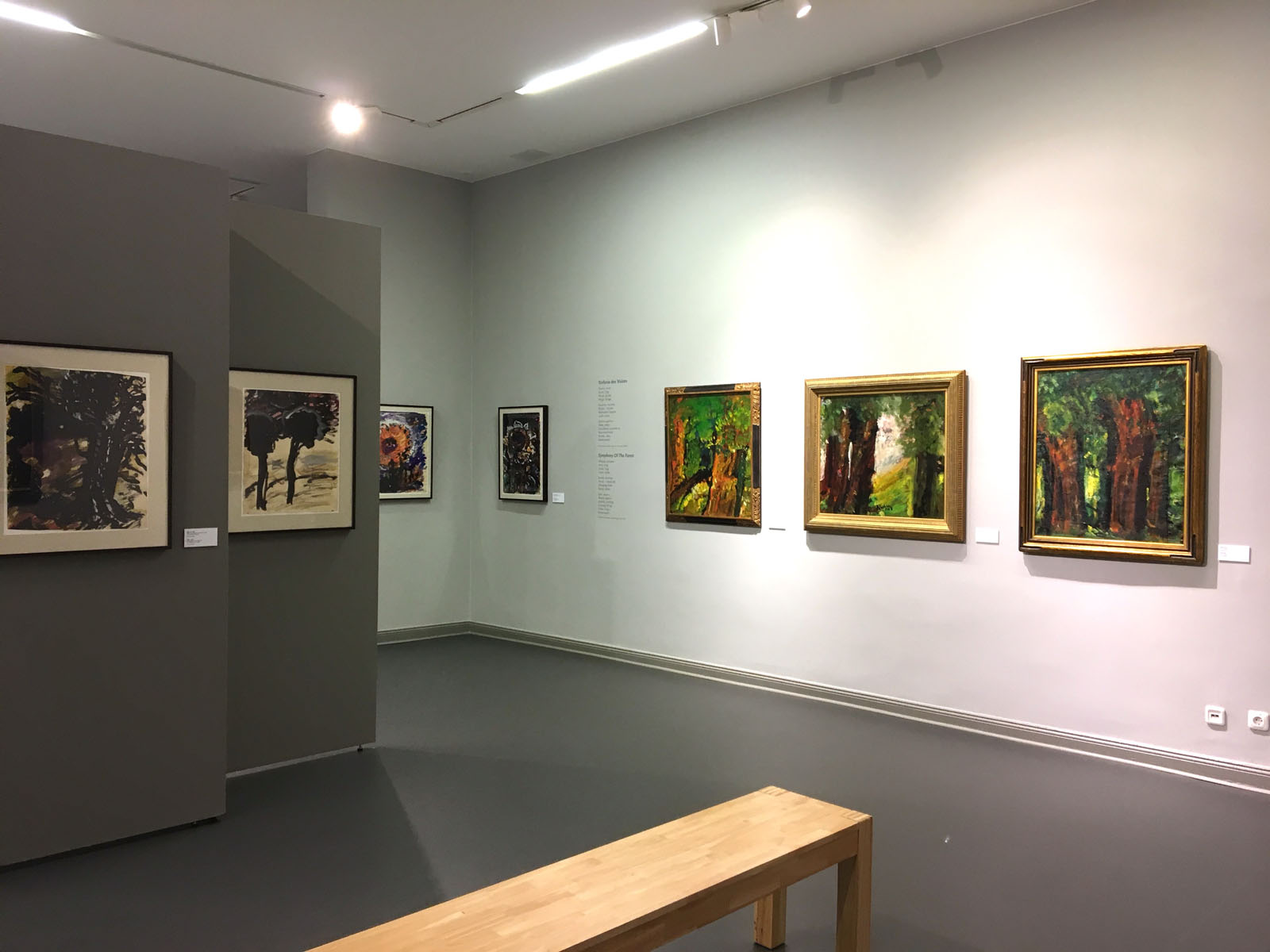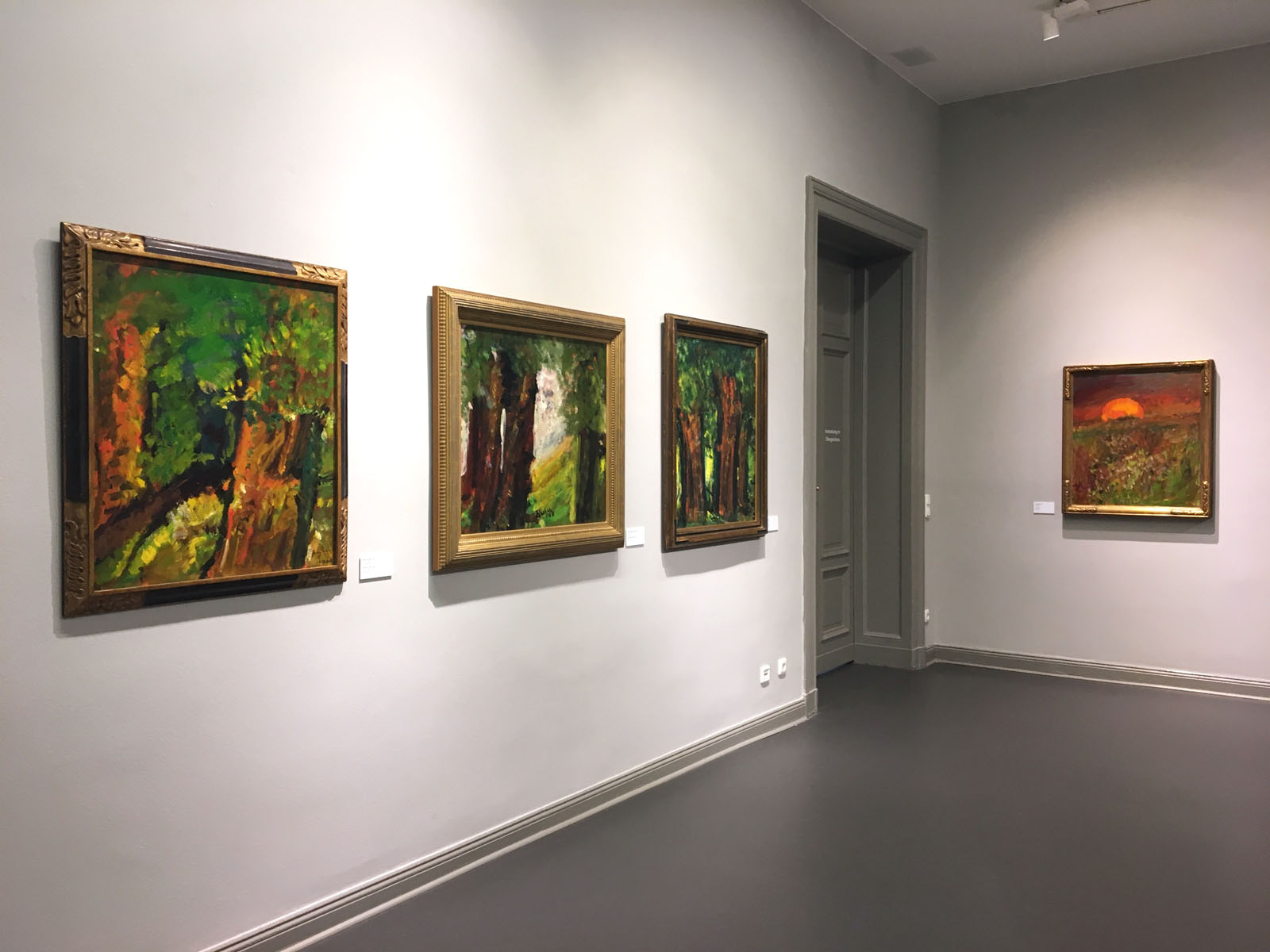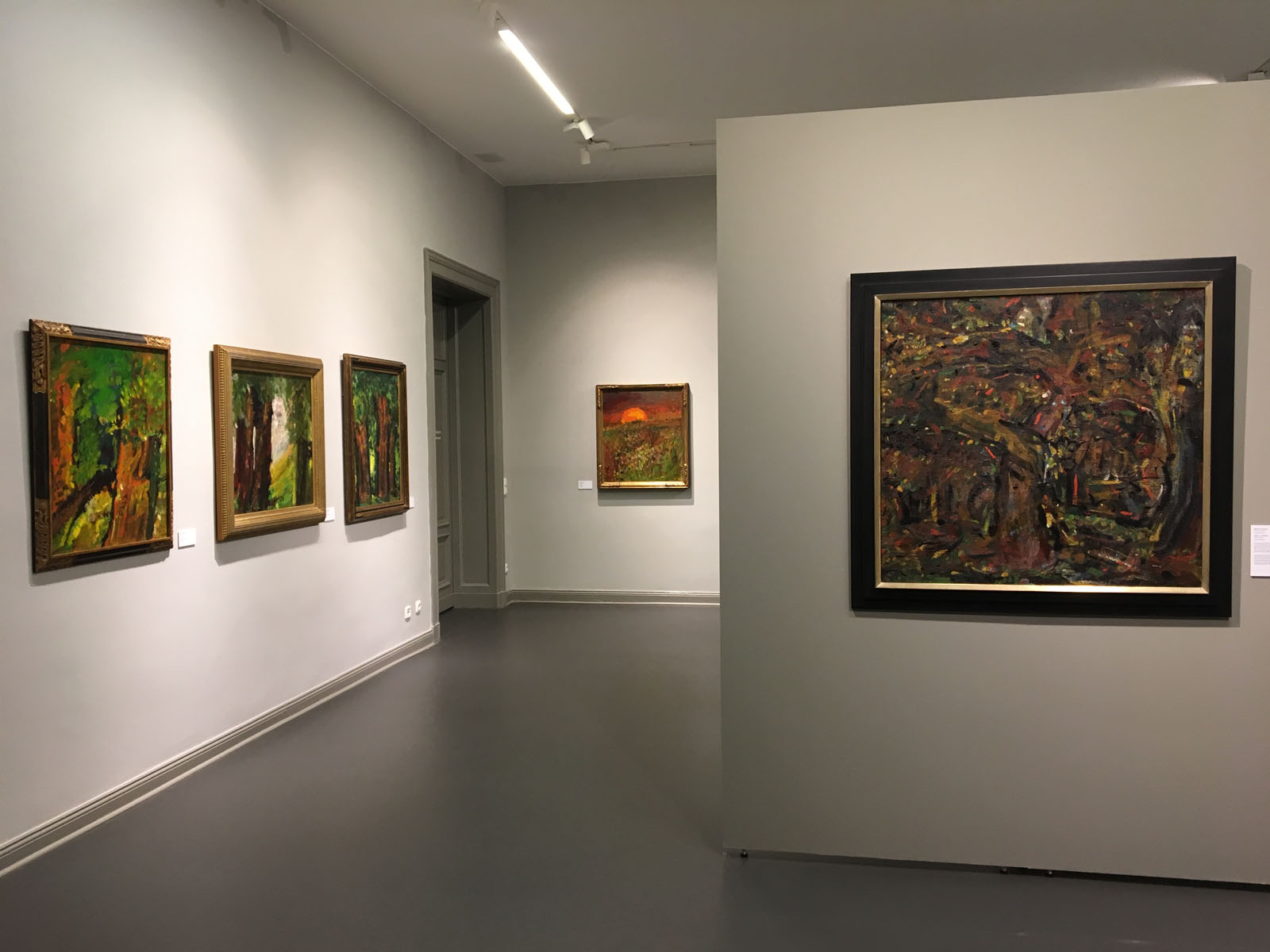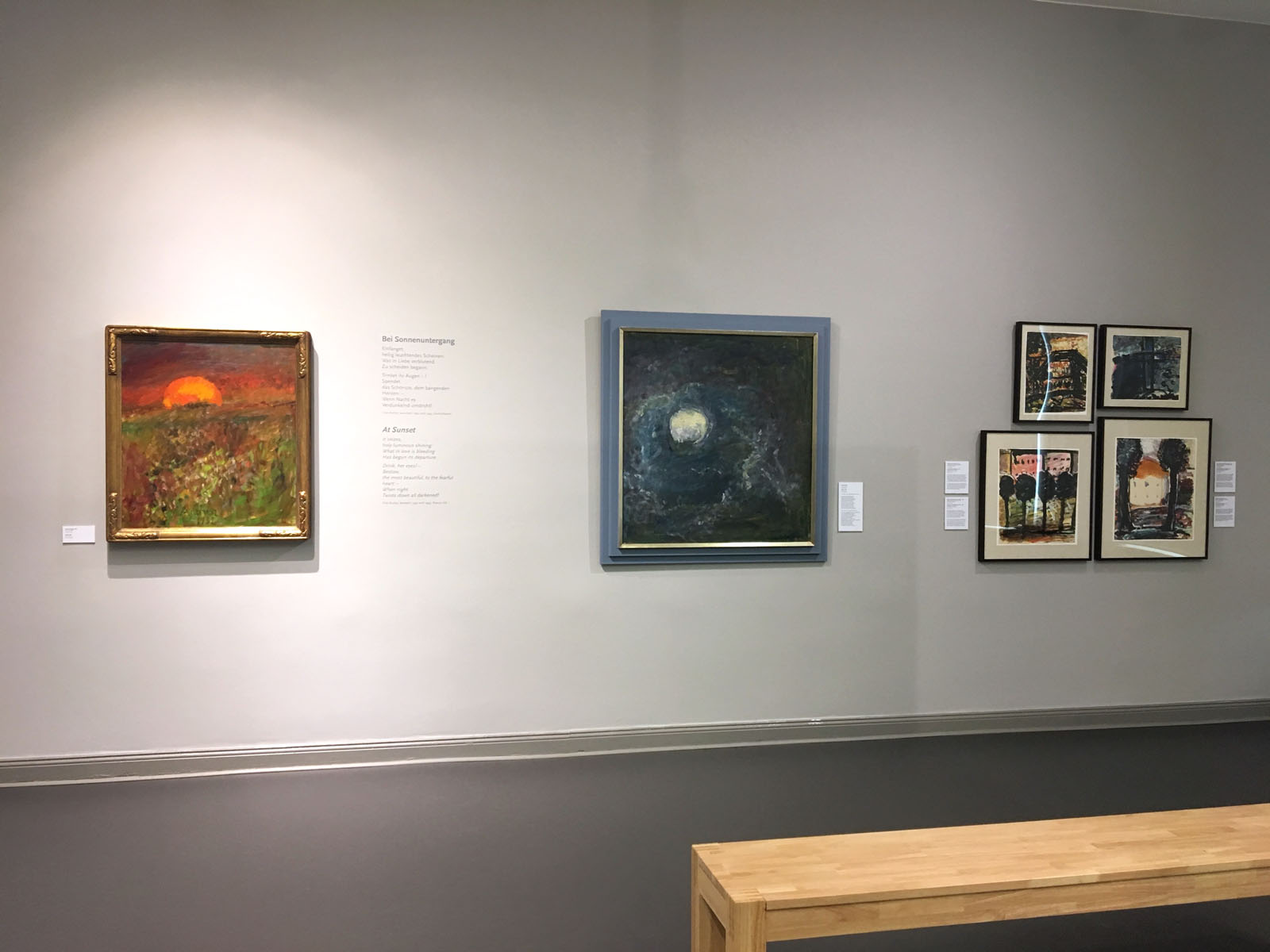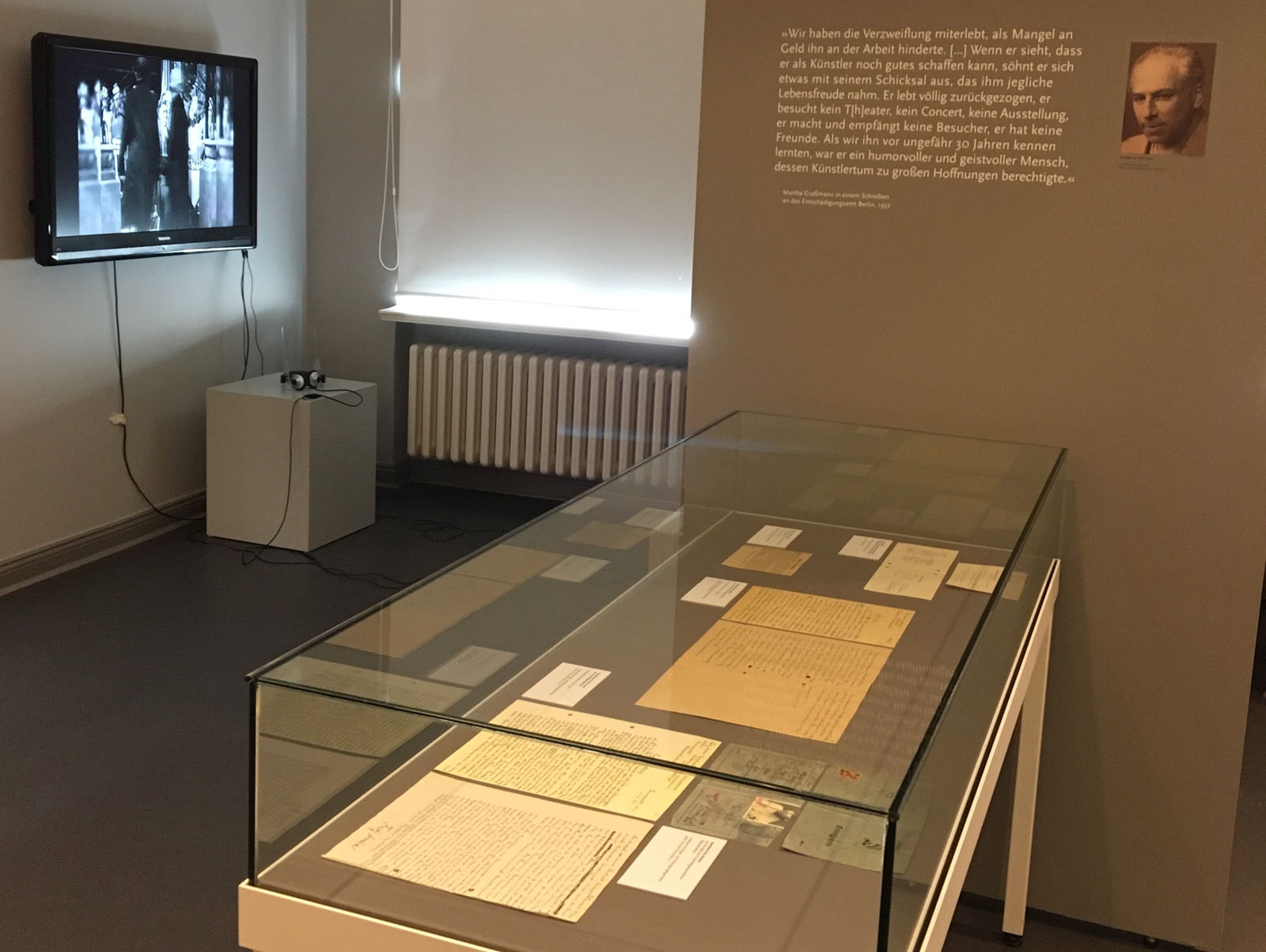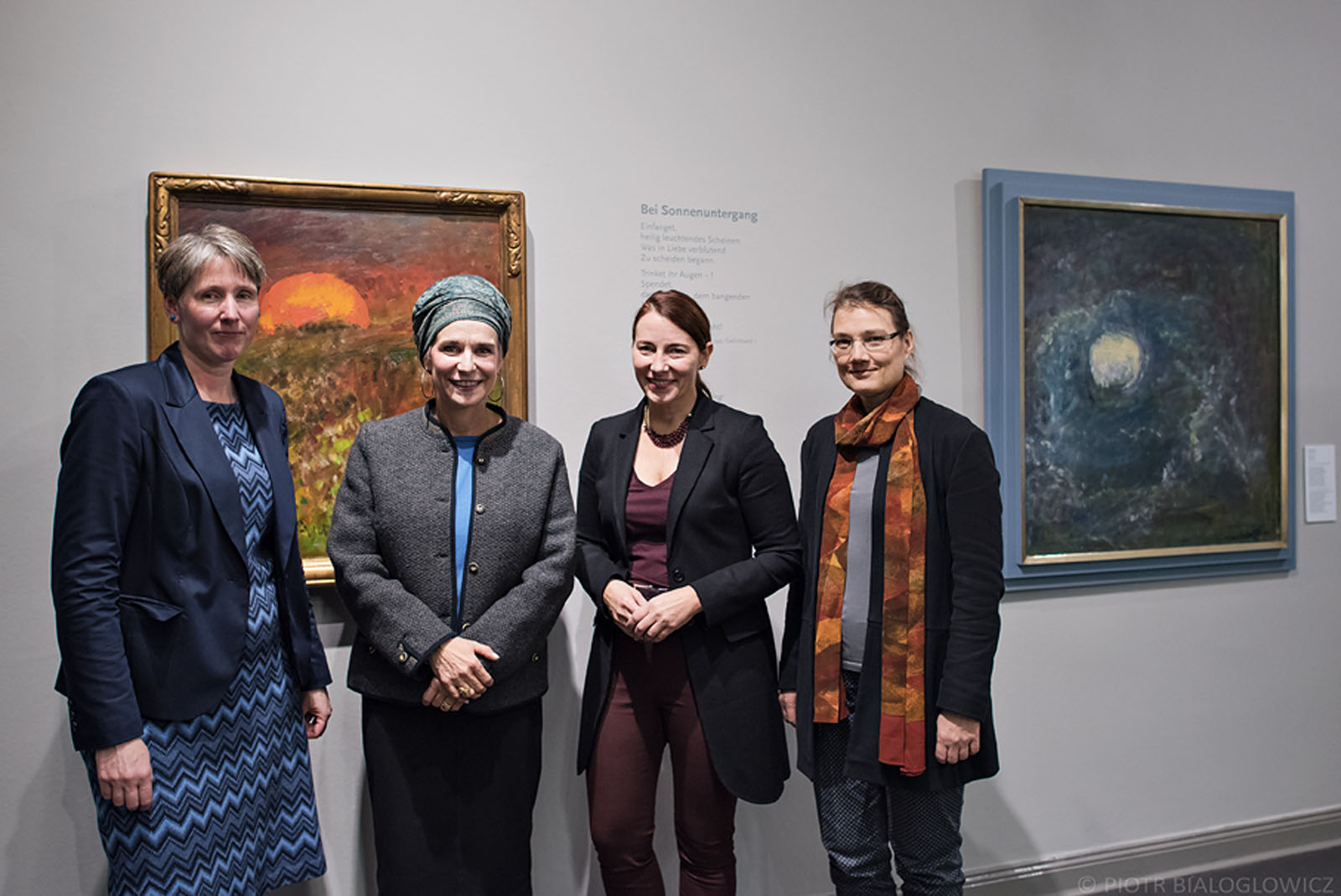
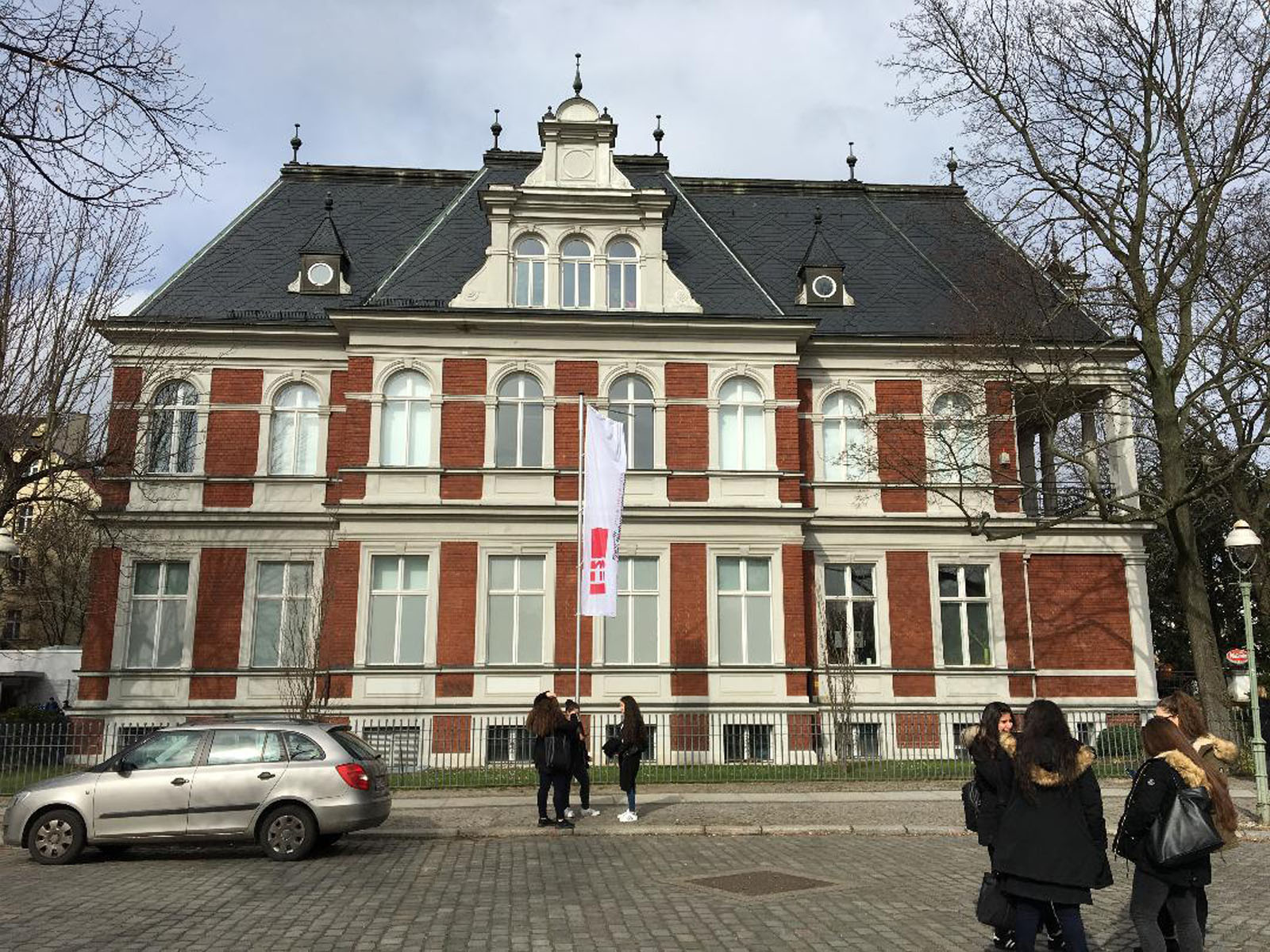
“Leben ist Glühn” Der Expressionist Fritz Ascher
Museum Charlottenburg-Wilmersdorf in der Villa Oppenheim, Berlin (Germany)
December 8, 2017 - March 11, 2018
Coming home: With more than 80 paintings and works on paper, the worldwide first Fritz Ascher Retrospective is on view at the places where Fritz Ascher lived and worked, with parallel exhibitions in Berlin and Potsdam.
Each venue shows a representative group of powerful paintings and drawings, which span Ascher’s whole oeuvre from first academic studies to monumental Expressionist figure compositions to late landscapes. Both venues present Fritz Ascher’s poems, written while hiding from Nazi persecution, as “unpainted paintings” in relation to his artwork.
In Berlin, Museum Charlottenburg-Wilmersdorf in der Villa Oppenheim shows an overview of the artist’s creative development, with a focus on works that relate to Berlin. We see his sketch of the artist Max Liebermann as well as his love for music and performance in Weimar Republic paintings like “Beethoven” and “Bajazzo and Artists”. After surviving the Nazi terror regime in hiding in the Berlin Grunewald neighborhood, he painted these works over in 1945, with points and short brushstrokes in vibrant colors that distance the viewer. But soon he completely changes form and content of his artwork. Ascher turned to landscapes created in response to long walks in the Grunewald city forest, which bordered the neighborhood where he survived in hiding, and then lived until he died in 1970. We see the few works in which we can recognize the locale, like “Hunting Castle Grunewald” or “Uncle Tom’s Huette”. His work becomes more immediate and urgent.
The upstairs cabinet room re-imagines Ascher’s living room and invites the visitor to sit down and pick up books from Ascher’s library or poems he wrote in hiding. Important documents are shown next to a map with his Berlin addresses, and the Nazi organizations surrounding them. An 18 minute documentary film invites to learn more about Fritz Ascher’s story. (website link)
The exhibitions are on view at Potsdam Museum and at Museum Charlottenburg-Wilmersdorf in der Villa Oppenheim until March 11, 2018.
Stiftung Gedenkstätte Lindenstrasse in Potsdam researches the prison where Fritz Ascher spent almost 5 months in 1939 in “Sechs Wochen sind fast wie lebenslänglich …’ Das Potsdamer Polizeigefängnis Priesterstraße/Bauhofstraße” (13 December 2017 – 29 April 2018).
The exhibition is under patronage of the German Minister of Culture and Media Prof. Monika Grütters.
A comprehensive German/English catalogue with essays by Jörn Barfod, Eckhart Gillen, Wiebke Hölzer, Ingrid Mössinger, Ori Z. Soltes and Rachel Stern accompanies the exhibition. (catalogue link)
The Fritz Ascher retrospective was on view at the Felix-Nussbaum-Haus in Osnabrück (September 25, 2016 – January 15, 2017) and at Kunstsammlungen Chemnitz MUSEUM GUNZENHAUSER (MARCH 4 – JUNE 18, 2017), and will travel from Museum Charlottenburg-Wilmersdorf at Villa Oppenheim in Berlin (December 8, 2017 – March 11, 2018) and Potsdam Museum (December 10, 2017 – March 11, 2018) to Kallmann Museum in Ismaning (September 30 – November 24, 2018). Afterwards it will be shown in the US, starting with the Grey Art Gallery in New York (January 9 – April 6,2019).
Photos: ©Piotr Bialoglowicz (nos. 2-6, 8, 9, 12-15), Berlin and Rachel Stern, New York (nos. 1, 7, 10, 11)




